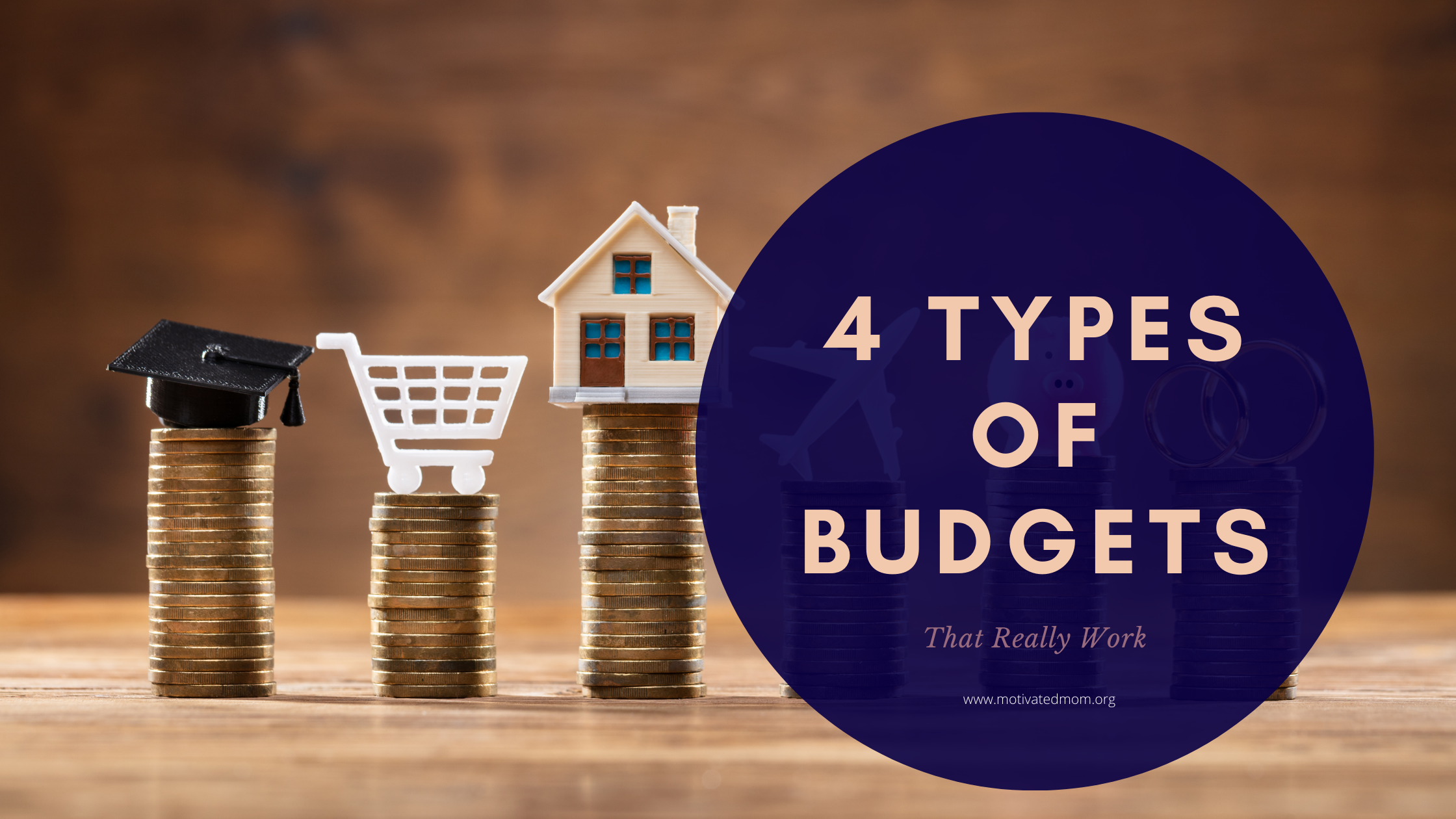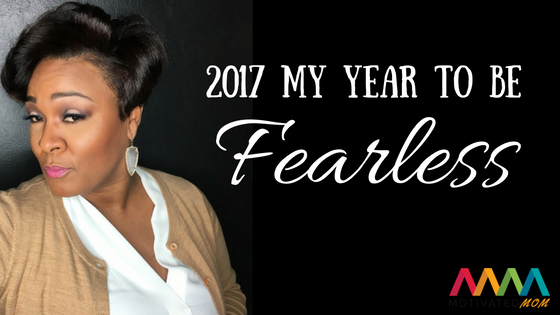4 Types Of Budgets That Really Work
When it comes to making a budget many people think that it means tracking every bit of your spending and then somehow magically, you’ll spend less. Of course, this isn’t the case, knowing what you’re spending is important, but it’s just the first step. After that, you need to decide how you are going to spend your money going forward. Something for which there are dozens of schools of thought. I’ve picked 4 budgets that work, I mean really work. Budgets that I would recommend to my family.

Envelope Budget
The envelope budget system is a bit of an old one since it relies on you actually carrying around cash, and who does that any more? But, if you’re trying to save money you actually should! The act of handing over cash to buy something causes actual pain in your body. So you’re less likely to spend mindlessly. But that isn’t the main draw of the Envelope Budget. The idea behind the envelopes is that you break your spending down into categories like “Food” and “Entertainment” then you put in the money you’re allowing yourself to spend on those categories until your next payday. Once you run out of money in an envelope you can’t spend more on those things, unless it’s something like food in which case you take from a less important envelope. This allows you to make sure you don’t end up spending the amount of money you wanted to save.

Zero Sum Budget
For me the Zero Sum Budget is king. The idea is that you give every dollar of your paycheck a job. You know how much your rent or mortgage is every month. Your bills shouldn’t fluctuate in price too much from month to month so you have a rough idea there too. You should also have an idea of how much you spend on food. If not, then go back through your bank statements for the last month and see how much you spent on food. Then once all your bills are taken care of give yourself a little spending money, start an emergency fund, or start saving for the future. Do this until every dollar of your paycheck is accounted for. Then, when you get paid, move your money around as needed. I also recommend that you open a savings account that is separate from your regular banking. This way it’s more difficult to take money from your savings to pay for things that aren’t real emergencies.
Saving First Budget
The Saving First Budget is also sometimes called the Pay Yourself First Budget. The idea is quite simple, decide how much you want to save each pay period and put that money aside before you’ve ever paid any bills or bought anything. Of course, you have to be realistic with yourself. If you’re bringing in $900 every 2 weeks, saying you want to save $500 of that won’t work. You’ve still got to eat, put a roof over your head, and put gas in the car. But once you know how much of your paycheck you need to set aside for living expenses you can work out how much you can save. Then put that money in saving first. Why? How many times have you ever told yourself that you’d save whatever you have left at the end of the month and found yourself with only a few dollars to spare or none at all? I’ve been there. We all have. So by saving first you’re making saving a higher priority, which it should be.

50/30/20 Budget
The 50/30/20 Budget takes all the guesswork out of deciding how much you’re going to put into savings. The idea is really straight forward. 50% of your income should go on things you need. You need your house, car, food, power…and so on. 30% of your income should be on things you want. You want a new dress, you want to take a vacation, you want to eat out. Then the final 20% goes straight into savings. Unlike the other budgets that just work with what you have, this budget will tell you that if you can’t take care of your needs with 50% of your income…it’s time to make more money by getting another job or starting a side hustle or something. Anything to get yourself up to the point where you can live on 50% of your income. The 30% on Wants and 20% on Savings can actually be divided any way you want. If you want to save more aggressively then maybe you’ll go with 40% in Savings and 10% on Wants. But don’t go below 20% in Savings.
Either of these budgets will help you get on the right track this year. The goal is to find what works for you and get started! Let’s make this year a year of saving and financial wellness.








